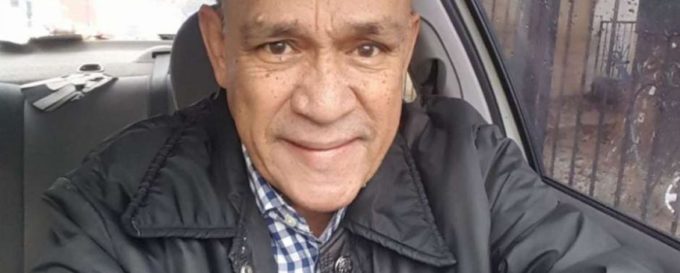
Inaction by Mexican authorities in 21 disappearances of journalists since 2000
by Reporters Without Borders
On the tenth anniversary today of Mexican journalist Mauricio Estrada Zamora’s disappearance, Reporters Without Borders (RSF) condemns the appalling level of impunity in Mexico, where there have been at least 21 unsolved disappearances of journalists since 2000.
Aged 38, Estrada lived in Apatzingán, in the western state of Michoacán, where he was a crime reporter for a local daily, La Opinión de Apatzingán. He left the newspaper on the evening of 12 February 2008 and was never seen again. His car with found later that night with the lights on and the doors open in the nearby town of Buenavista, colleagues told RSF at the time.
Two days later, the newspaper’s management accused a Federal Investigation Agency police officer known as “El Diablo” (The Devil) of kidnapping Estrada. Three weeks before his disappearance, Estrada had written a story that reflected badly on this police officer, creating a conflict between the two. El Diablo was subsequently transferred to Mexico City.
Ten years later, Estrada’s disappearance is no longer being actively investigated. The failure to identify those responsible has been unbearable for Estrada’s wife, María Dolores Barajas. “I don’t understand,” she said. “How is it possible that no leads have been pursued? My life is full of questions without answers.”
Barajas complains of a lack of support, including judicial support, from the Executive Commission for Attention to Victims (CEAV), from which she has been seeking assistance since 2011. She is now threatened with eviction from her home for failing to make payments on the mortgage contracted by her husband.
Of the at least 21 journalists who have disappeared in the past 18 years, at least eight have missing for more than ten years, according to Mexico’s National Commission for Human Rights (CNDH).
“With 12 journalists murdered since the start of 2017, the Mexican authorities are clearly already failing in their duty to protect media personnel,” said Emmanuel Colombié, the head of RSF’s Latin America bureau.
“At the same time, they don’t assume their responsibility to conduct thorough investigations into the many cases of missing journalists or to ensure that the families of the victims get adequate compensation. The federal prosecutor’s office must redouble its efforts to provide concrete responses to the disappearance of Mauricio Estrada Zamora and all the other cases of journalists missing in Mexico.”
The involvement of state agents has been suspected in most of these cases, because the missing journalists were covering stories linked to local politics, corruption or public security. This is unbearable for the families, because the perpetrators are often able to pressure witnesses and investigators, and even get investigations closed.
The most recent case of a journalist disappearing is that of Agustín Silva Vázquez, 22, a resident of Matías Romero, in the southern state of Oaxaca. This young crime reporter for El Sol del Istmo, a regional daily, was last seen on January 21.
A few days before he disappeared, he covered a military operation resulting in the seizure of firearms and the arrests of three persons. Silva’s father said an individual identifying himself as the lawyer of the three detainees had asked Silva to testify in their defense, and Silva had refused.
Mexico is ranked 147th out of 180 countries in RSF’s 2017 World Press Freedom Index.
~ ~ ~
These announcements are interactive. Click on them for more information.












